Six things you didn’t know about Hartlepool's Owton Manor area as told in a new book
and live on Freeview channel 276
The former primary school teacher, who taught in the area’s Grange School for “the best part of 40 years”, has always known the area well, but decided to explore its history even further.
Frances and Gillian Smith, who helped with the research, rolled up their sleeves to dig out little-known facts about the estate – going back as far as the 1300s.
Advertisement
Hide AdAdvertisement
Hide AdThe book, which has been ordered by people as far as Australia, also features the memories of residents and Frances has described it as “history, but also a community book”.
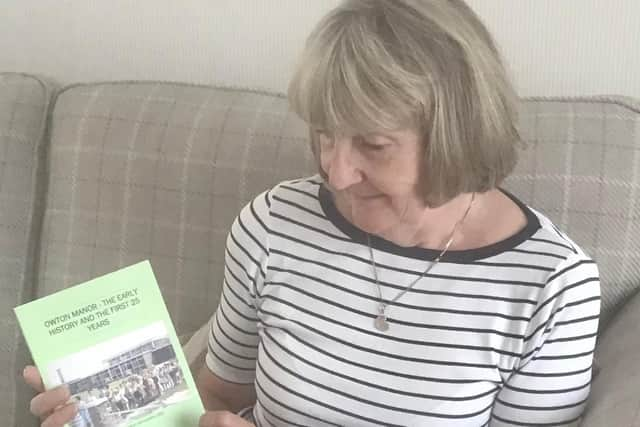

1 The man behind the estate
Max Lock was employed in 1948 to develop the town – and his plan included Owton Manor.
Frances said: "It was in the the tradition of the 1940s. It had lots of open space, lots of fresh air.
"Max Lock was also the one who said the shopping centre should be where it is today.”
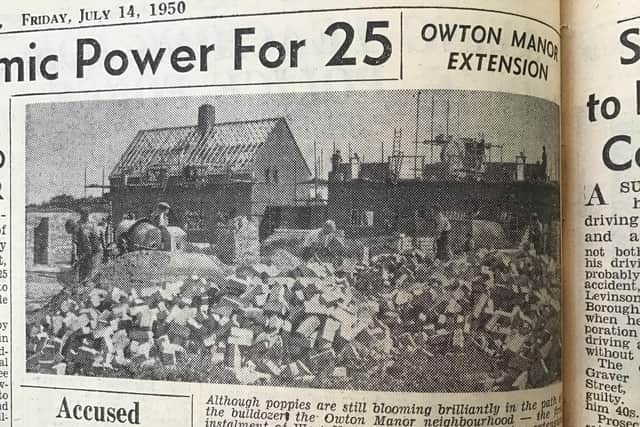

2 Scottish street names
Advertisement
Hide AdAdvertisement
Hide AdAll streets in Owton Manor are named after places in Scotland and the estate was built alphabetically.
The reason why Scotland places were picked for the streets’ names remains unknown.
Frances said: “People did complain at first, but actually it’s very easy, because if you know somebody lives and they say it’s in the B block, you know exactly where to go.
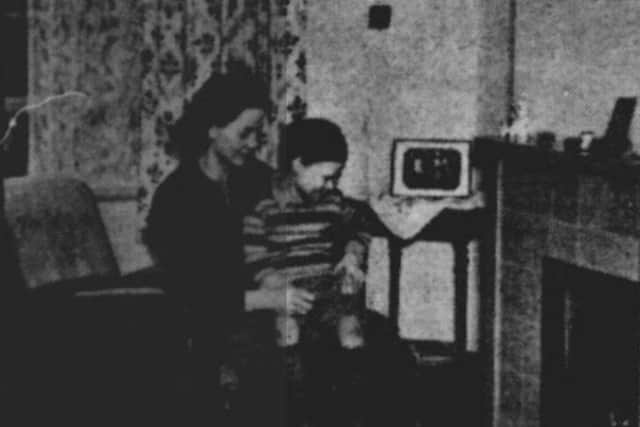

"In some ways, it’s quite a good system.”
3 Picture-perfect childhood
People who were children in the 1950s and moved into the area “had the most idyllic childhood” because they suddenly had a lot space, Frances said.
Advertisement
Hide AdAdvertisement
Hide AdThere was also plenty of community spirit with people looking out for each other.
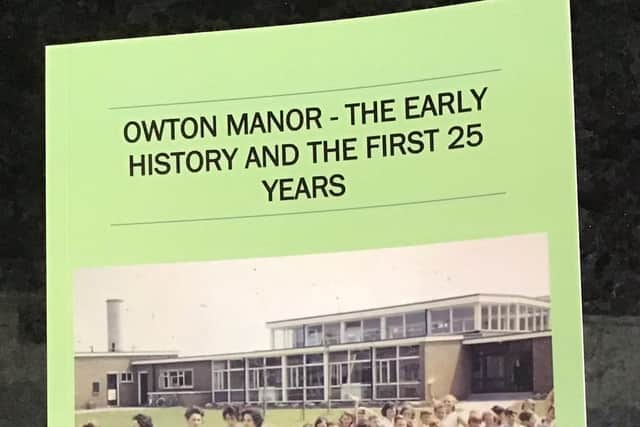

Frances said: "Some guys had an allotment and they would give food to the man next door, who went fishing, who in turn would give that fish.
"So an awful lot of community spirit in the early years of the estate.”
4 The name dates back to the 1300s
Despite having been built fairly recently, Owton Manor’s name has a long history.
Advertisement
Hide AdAdvertisement
Hide AdIt was named after the original Owton Manor, which dates back to the 1300s.
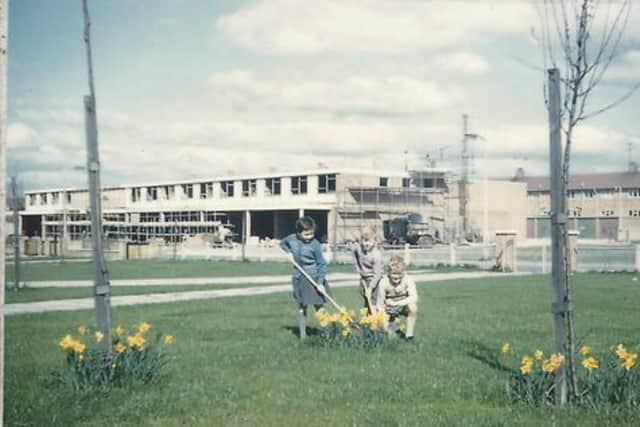

Manor House was located close to where Manor School is today.
Frances said: "There is a farm building left. I think there are little bits of wall, but there’s very little evidence of what was left there.
"But that’s where it got its name.
“The Manor at Owton was first mentioned in 1146. It probably means office estate.”
5 Where people moved from
Advertisement
Hide AdAdvertisement
Hide AdA lot of people moved to Owton Manor from a former housing estate on the site of the College of Further Education.
Frances said: “There was a big, very dense housing estate area that had been built in the 1850s.
"A lot of them moved from there when those were demolished and a lot more from further down where Mainsforth Terrace is.”
6 Trips abroad
Frances has said that the three primary schools in the area would take children abroad in the 1950-60s.
Advertisement
Hide AdAdvertisement
Hide AdShe said: "They seemed to go to Germany and Belgium more than anywhere else.”
The book is available to buy from Owton Manor Library and the Community Hub Central, in York Road, costing £5..
It canalso be purchased by emailing [email protected].
